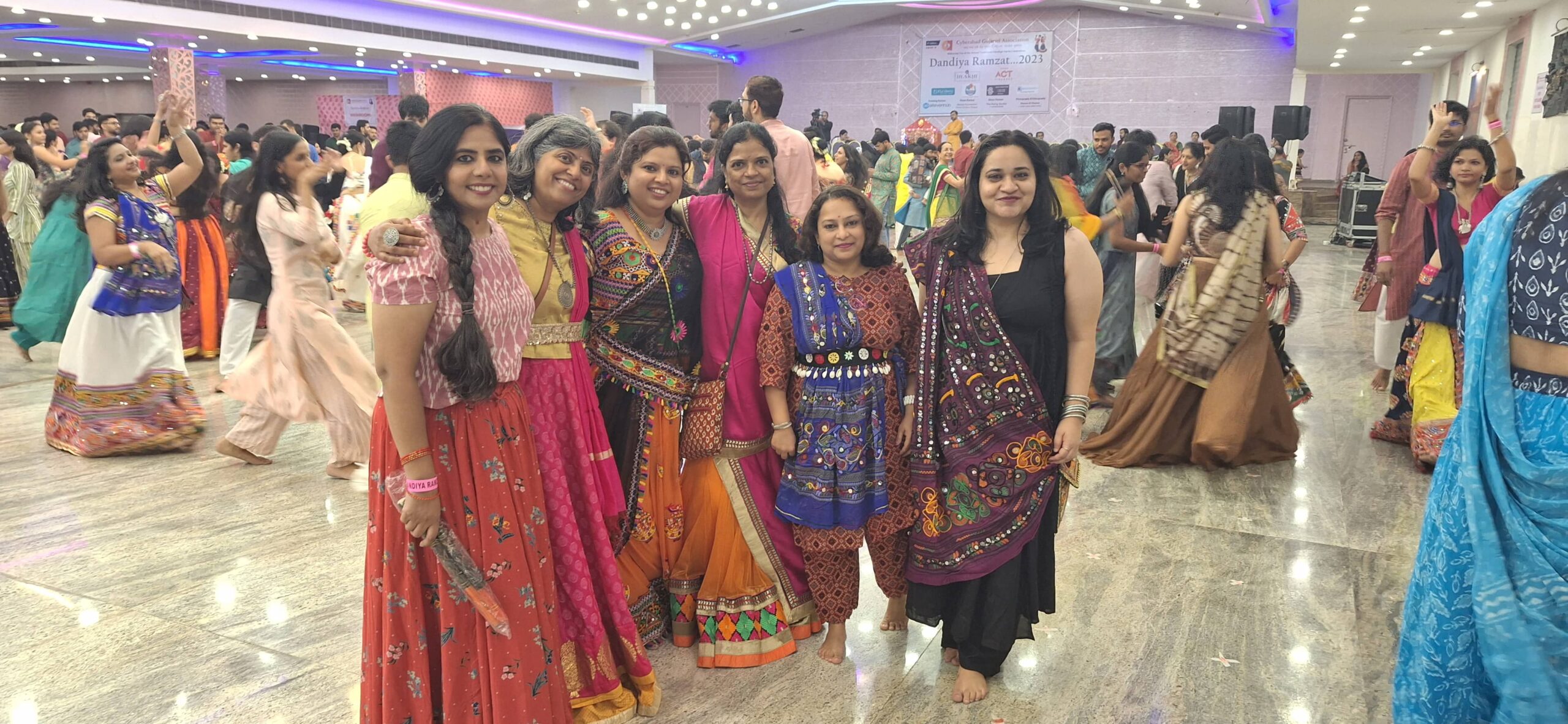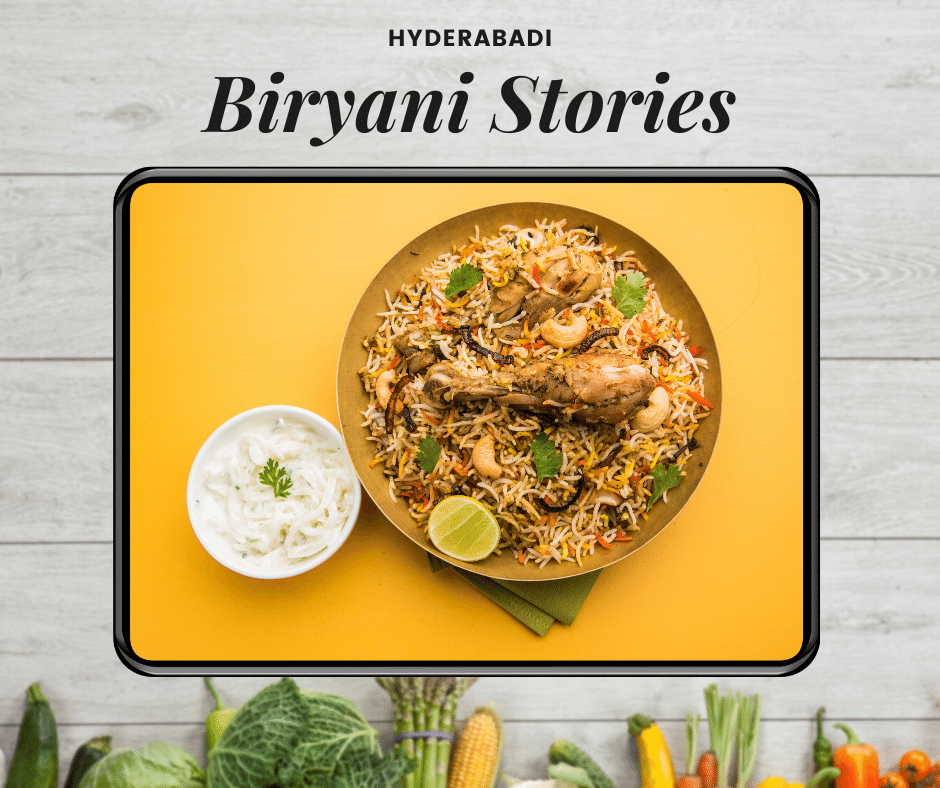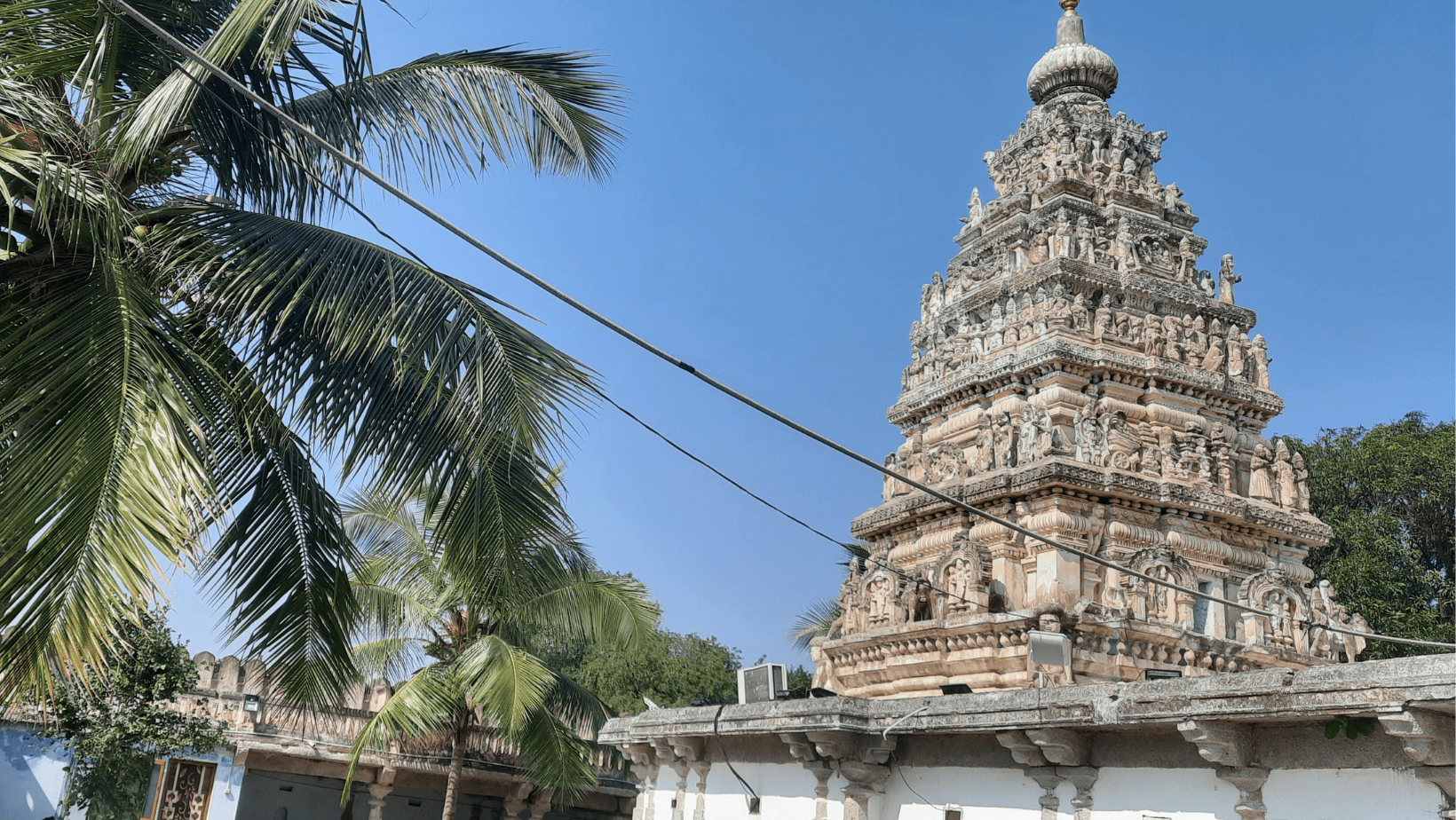Garbha Dance in Hyderabad

On the 21st of October, I had the pleasure of attending the much-anticipated Gharbia dance event at Naren Gardens in Miyapur, Hyderabad. It was an evening filled with vibrant performances, delectable food, and memorable moments.
The event was scheduled to commence at 6 PM, but as often happens, it kicked off at around 7.30 PM. While the delay might have tested our patience, it also heightened our anticipation for what lay ahead.
Upon entering the venue, I was struck by the sheer size of the hall. It provided ample space for everyone to dance to their heart’s content. The anticipation of showcasing our dance moves in this spacious setting filled the air with excitement.

At one corner of the hall, there were stalls offering a delightful array of culinary treats. I opted for Naan with butter paneer masala, and the flavours were exquisite. The food was a testament to the culinary skills of the event organizers, and I relished every bite. Meanwhile, a friend of mine chose the chat masala, which was equally delectable.
What made the evening even more special was the diverse atmosphere at Naren Gardens. The venue comprised four large halls, and in one of them, I had the opportunity to witness the Bangali community people performing a captivating pooja. Their cultural display was a captivating experience, and it added an extra layer of richness to the event.

In the end, my Gharbia dance experience at Naren Gardens was nothing short of spectacular. The slight delay, the delicious food, the diverse cultural experiences, and, of course, the energetic dance performances all came together to create a memorable evening. As I left the event, I couldn’t help but think that I’d be back next year, ensuring my presence during Dussehra for yet another enchanting experience.
Why is the garba dance played during Navratri in Hyderabad also?
Garba dance is an integral part of the Navratri celebrations in Hyderabad, much like in other parts of India. This energetic and colourful dance form has its roots in Gujarat but has transcended regional boundaries to become a cherished tradition during Navratri in Hyderabad for several reasons:
Cultural Diversity:
Hyderabad is a melting pot of cultures, and Navratri brings together people from various backgrounds. Garba offers a unifying platform where individuals from different communities can come together to celebrate and dance as one.

Festive Spirit:
The infectious energy of the Garba dance complements the festive spirit of Navratri perfectly. It’s a time of joy, devotion, and celebration, and Garba adds to the overall enthusiasm of the occasion.
Community Bonding:
Garba encourages community bonding, allowing people to connect with others who share their enthusiasm for the dance. Many communities and local groups organize Garba events, further strengthening social ties.
Expression of Devotion:
Navratri is a time of devotion to the divine feminine. Garba, with its graceful and rhythmic movements, allows participants to express their reverence for the goddess and connect with their spiritual side.
Traditional and Contemporary Blend: In Hyderabad, Garba has evolved to incorporate both traditional and contemporary elements. While the traditional dance forms are preserved, the incorporation of modern music and choreography makes it appealing to the younger generation.
Colourful Attire:
The vibrant and colorful attire worn during Garba adds to the festive charm of Navratri. Participants often don traditional attire, making the dance a visual spectacle.
Entertainment and Joy: Navratri is not just a religious festival; it’s a time for fun and enjoyment. Garba provides entertainment and a sense of joy to the festivities, making it a beloved part of the celebrations in Hyderabad.

In Hyderabad, much like in Gujarat, Garba serves as a bridge between cultures and a means to express devotion, joy, and community spirit during the auspicious festival of Navratri. It has become an inclusive and integral component of the city’s multicultural celebration of this grand festival.
What is the history of Dandiya and Garba?
Dandiya and Garba are traditional Indian folk dances with rich histories that date back to ancient times. They have deep cultural significance and are prominently associated with the state of Gujarat.
Dandiya:
Historical Roots: Dandiya, also known as “Raas,” is a dance form that has its origins in the playful interactions between Lord Krishna and the Gopis (milkmaids) of Vrindavan. The word “Dandiya” is derived from “danda,” which means stick, and the dance involves the use of colourful, decorated sticks.
Religious Connection:
It is often performed during the festival of Navratri, which celebrates the triumph of good over evil. The dance symbolizes the fight between the goddess Durga and the demon Mahishasura. The sticks represent the swords used in this battle.
Symbol of Unity:
Dandiya fosters unity and collaboration. Dancers form circles or lines and follow intricate footwork patterns while striking their partner’s sticks, creating a vibrant and joyful atmosphere.
Ancient Origins:
Garba is an ancient dance form originating in the state of Gujarat. It is dedicated to the goddess Amba, or Shakti, a manifestation of the divine feminine.
Circular Dance:
Garba is characterized by a circular dance pattern, symbolizing the cyclical nature of life and the seasons. Dancers move gracefully in concentric circles, often around an illuminated earthen lamp called a “garbo” or an idol of the goddess.

Religious Significance:
Garba is performed during Navratri, a nine-night festival celebrating the nine forms of the goddess Durga. It represents the worship of the goddess and the search for divine blessings.
Traditional Attire:
Dancers wear colourful traditional attire, often adorned with mirror work and intricate embroidery, which adds to the visual splendour of the dance.
Both Dandiya and Garba are deeply rooted in Indian culture and spirituality. Over the centuries, they have evolved from being religious rituals to being joyful forms of expression and cultural celebration. Today, these dances are performed across India and in Gujarati communities worldwide, not only during Navratri but also at various festive occasions. They serve as a powerful symbol of unity, tradition, and reverence for the divine feminine.
Garba dance and temples
Garba dance and temples share a deep connection, particularly in the cultural and religious landscape of Gujarat, where Garba is an integral part of both temple festivities and religious rituals. Here’s how Garba dance is intertwined with temples:
Religious Significance:
Garba dance is often performed as a form of worship during religious festivals, with temples as the central gathering place. Temples are considered sacred spaces, and performing Garba within their premises is a way to seek the blessings of the deity.
Navratri Celebrations:
Garba is synonymous with the Navratri festival, which celebrates the nine forms of the goddess Durga. Temples, especially those dedicated to goddesses like Amba, Shakti, or Durga, host special Navratri events where devotees gather to perform Garba in her honour.
Devotional Offerings:
In some temples, devotees offer Garba performances as a part of their devotion and seek the deity’s blessings. This form of dance is seen as a sacred offering to the gods.
Community Bonding:
Temples provide a communal space for Garba enthusiasts to come together and celebrate. The dance creates a sense of unity and shared devotion, fostering a strong sense of community among participants.
Traditional Garba Raas:
Temples also play a significant role in preserving traditional Garba Raas, the stick dance form of Garba. Temple events often feature this dance style and contribute to its continuity.
Cultural Integration:
The relationship between Garba and temples underscores the seamless integration of culture and spirituality. It exemplifies how traditional dance forms can become an essential part of religious ceremonies and cultural celebrations.
In summary, Garba dance and temples are intertwined in Gujarat, where the dance form is not only a cultural expression but also a way to pay homage to deities and seek their blessings.
You can also like 4 Historical and ancient temples in Hyderabad that you should know

Imaginary Temple
The blending of art, culture, and spirituality within temple precincts reflects the rich tapestry of traditions in this region.



